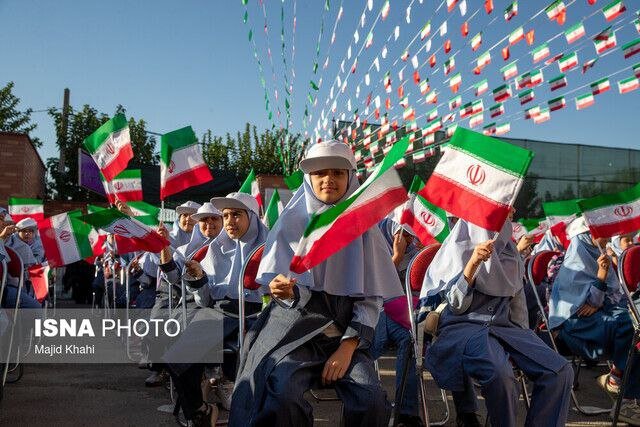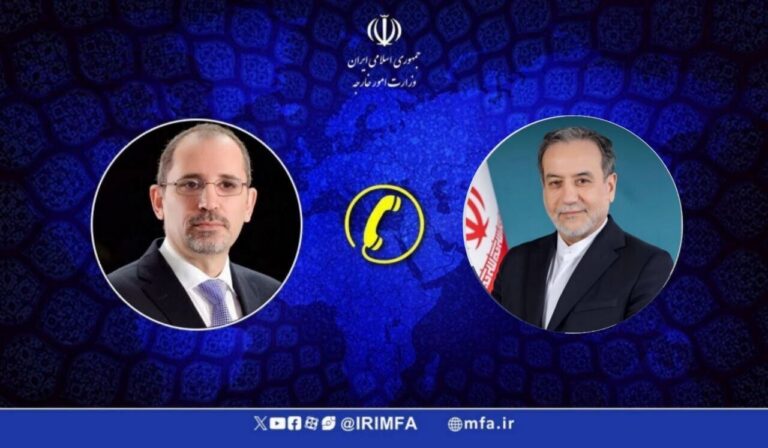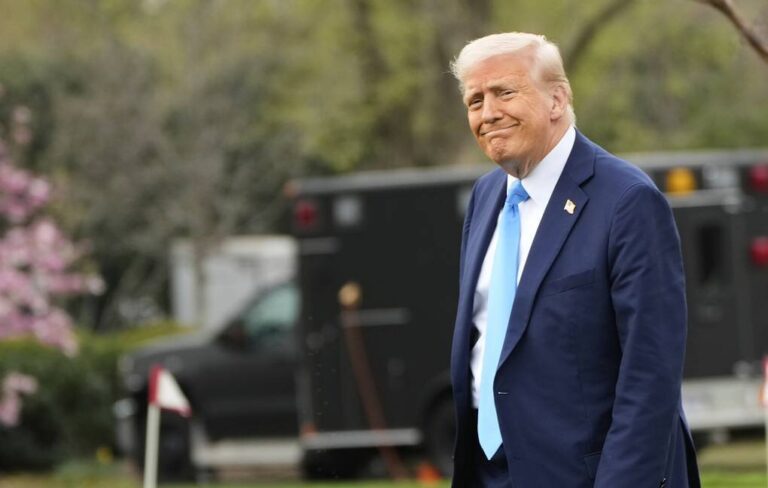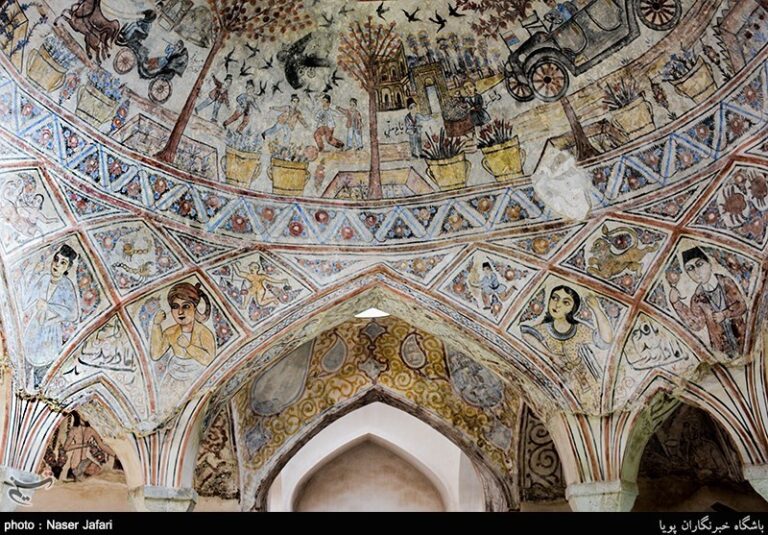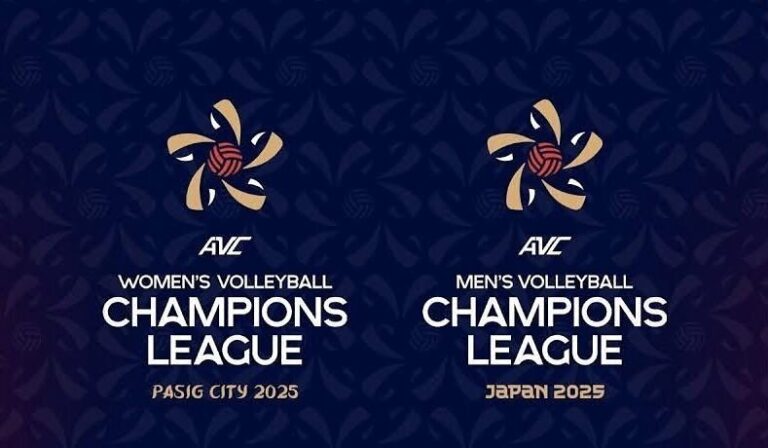Transforming Education: The Impact of the Islamic Revolution on Iran’s Educational Reform
Since the 1979 Islamic Revolution, Iran’s education system has undergone significant transformations, primarily due to the establishment of the Literacy Movement and advancements in educational infrastructure. These efforts have led to a remarkable increase in educational coverage, a reduction in the literacy gap between genders, and a substantial growth in per capita educational space, especially in disadvantaged regions.
According to a report by ISNA, the literacy rate among individuals aged over 6 has surged from 47.5 percent prior to 1979 to an impressive 90.7 percent following the revolution. This remarkable achievement positions Iran among the top countries globally regarding educational coverage.
- The number of students has escalated by 10 million, reaching a total of 17 million.
- On average, eight schools are constructed daily in underprivileged areas.
In 1976, the literacy rates stood at 47.5 percent. The breakdown revealed significant disparities, with literacy rates for men and women aged 10 to 49 at 61.8 percent and 35.5 percent, respectively. However, in the Iranian calendar year 1402 (March 2023-March 2024), the overall literacy rate climbed to 90.7 percent. Notably, 97.8 percent of men and 96.1 percent of women in this age group are now literate. The literacy rate among women has notably increased by 2.5 times since the revolution.
Historically, literacy was defined as the ability to read and write, but its meaning has evolved. Today, literacy encompasses not only communication skills but also the capacity to solve real-life problems. This broader definition reflects the current objectives of the education system.
Since 1979, the construction of schools has seen a staggering 300 percent increase, growing from 33,121 schools with 132,484 classrooms to approximately 107,000 schools with around 560,000 classrooms today. The educational space allocated per student has expanded from 1.8 square meters at the beginning of the revolution to an impressive 5.45 square meters in the current year. Presently, there are over 1,100 stone-made schools throughout the country.
President Masoud Pezeshkian’s administration has pledged to replace stone-made and pre-fabricated schools with new educational facilities within a year. One of the notable recent achievements of the educational system is the development and implementation of a reform plan, which serves as a foundation for further advancement. After 12 years of examination and refinement, this plan aims to enhance the overall quality of education in Iran.
The reform plan has already been implemented in ten schools, with a nationwide rollout scheduled over the next three years. It is anticipated to significantly transform the educational landscape.
The focus areas of the reform plan include:
- Management
- Teachers
- Families
- Curriculum
- Physical and Cultural Environment
This comprehensive approach aims to enhance students’ personal and social skills while improving educational quality for both students and teachers. Additionally, it provides support for families by enhancing their parenting skills.
President Pezeshkian emphasized that educational equity is not merely a slogan but a fundamental goal of his administration. He stated that it is unacceptable for students in public schools located in underprivileged areas to receive inferior education while competing against their peers in private schools that offer superior educational opportunities.
In a recent address in Bojnourd, the capital of North Khorasan province, he highlighted the administration’s commitment to ensuring that all students have access to quality education. He underscored the importance of vocational training being integrated into educational methods, equipping youth with essential skills for their future professions.
Pezeshkian noted the government’s expansive plans to address the infrastructural challenges faced by schools. He assured that “we will overcome all school construction challenges within a year,” emphasizing that transforming public schools into exemplary educational models is a primary objective.
The president called for collaboration among governor generals and executive officials, urging them to engage with various sectors on a national plan aimed at promoting equity in educational resources within a specified timeframe. He also highlighted the crucial role of public participation in realizing the national goal of building schools, stressing the need to create not only educational spaces but also appropriate facilities for sports and recreational activities.
Furthermore, Pezeshkian reiterated the importance of action over rhetoric, affirming that his administration prioritizes addressing educational space shortages, particularly in deprived areas, within the coming year.
